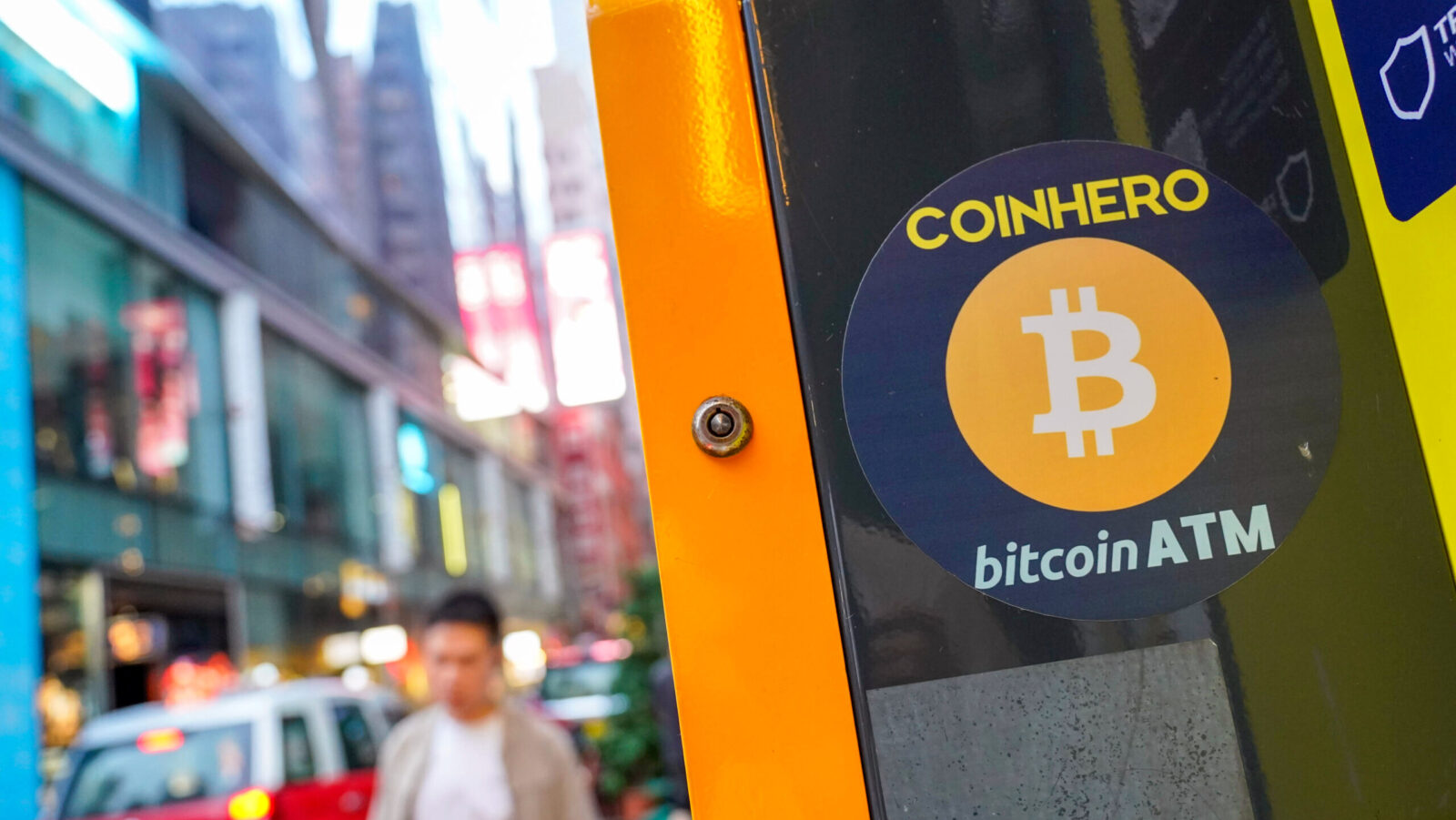Fiserv Connecting Thousands of Banks to Crypto with New Stablecoin Platform
Financial institutions are racing to get into stablecoins as the Genius Act makes its way toward POTUS Trump’s desk.

Sign up for smart news, insights, and analysis on the biggest financial stories of the day.
Welcome to the cryptoverse, Main Street. Fintech company Fiserv said yesterday it’s launching a stablecoin platform that will connect thousands of banks and merchants later this year.
Fiserv is building the platform, which’ll live on the Solana blockchain, with help from blockchain infrastructure company Paxos and stablecoin platform Circle. Fiserv is also launching its own stablecoin to use on the platform, FIUSD, but plans to make the platform compatible with other tokens, too, like PayPal’s PayUSD.
Crypto for Newbies
Stablecoins are the California rolls of the crypto world. They’re a starting point to get cautious financial institutions to try a little crypto. The tokens are seen as safer than other digital assets (ahem, fartcoin) because their value is tied 1:1 with another asset, often the US dollar.
Companies are racing to get into stablecoins as the Genius Act makes its way toward POTUS Trump’s desk. The bill, which outlines a regulatory framework for stablecoins, was passed by the Senate in an overwhelming 68-30 vote last week. It heads to the House next and, if approved there, to Trump for a final signature. Trump posted on social media last week that he wants it on his desk “ASAP – NO DELAYS.” He said the bill will “make America the UNDISPUTED Leader in Digital Assets.”
As businesses eye the new legislation, they’re exploring how they can ride the hype:
- Some of the largest US banks, including JPMorgan Chase, Bank of America, Citigroup and Wells Fargo, are considering teaming up to launch a joint stablecoin, according to The Wall Street Journal. For now, JPMorgan said it’s launching a stablecoin-like “deposit token” called JPMD on Coinbase’s blockchain.
- Walmart, Amazon and Expedia are reportedly exploring the launch of their own stablecoins, which could enable shoppers to bypass traditional payment platforms and pay through the blockchain.
If You Can’t Beat ’Em: Stablecoins pose an existential threat to traditional finance because they let consumers bypass banks, instead processing transactions on the blockchain. So TradFi (crypto-speak for Traditional Finance) companies are getting ahead of the trend with their own platforms and stablecoins, ensuring they’ll still be a part of people’s purchases, even if they move to the blockchain. Proponents also say stablecoins make transactions faster and cheaper, but skeptics remain concerned about security and possible regulatory complications.











